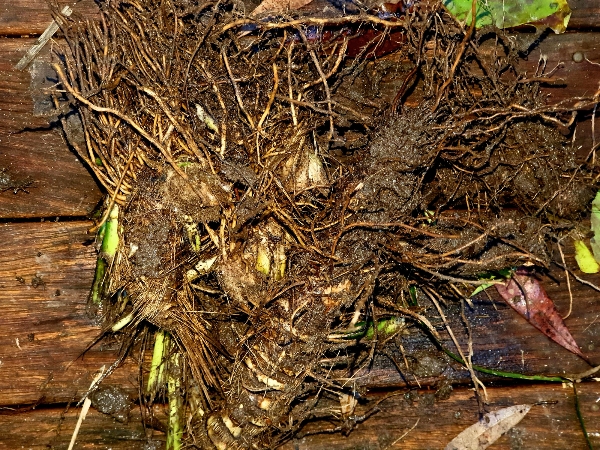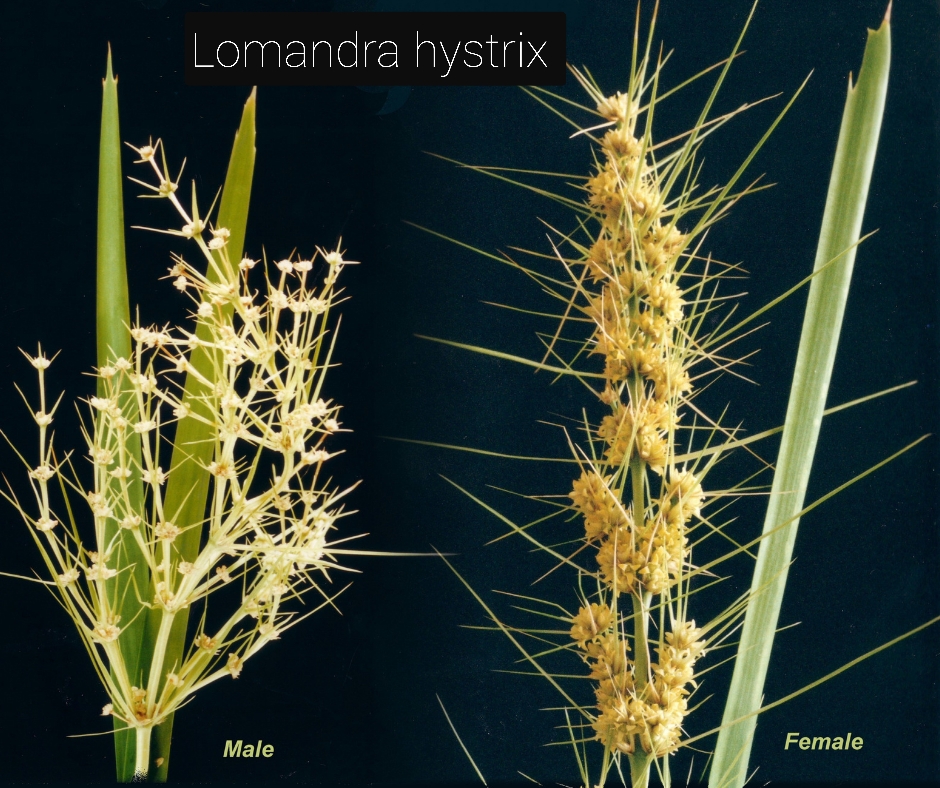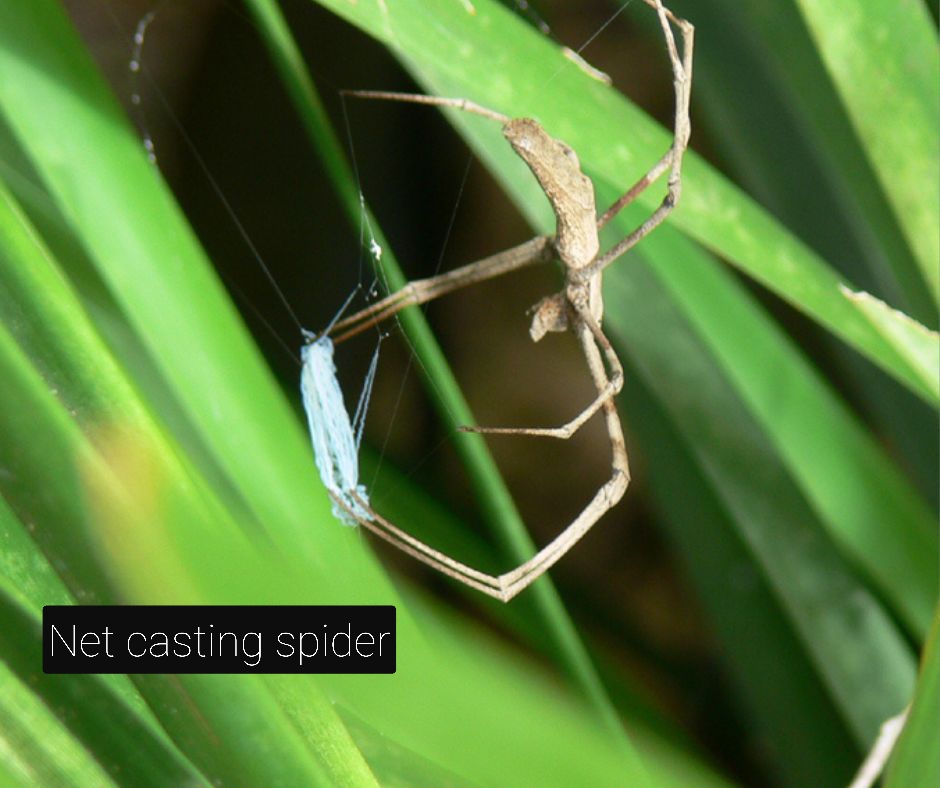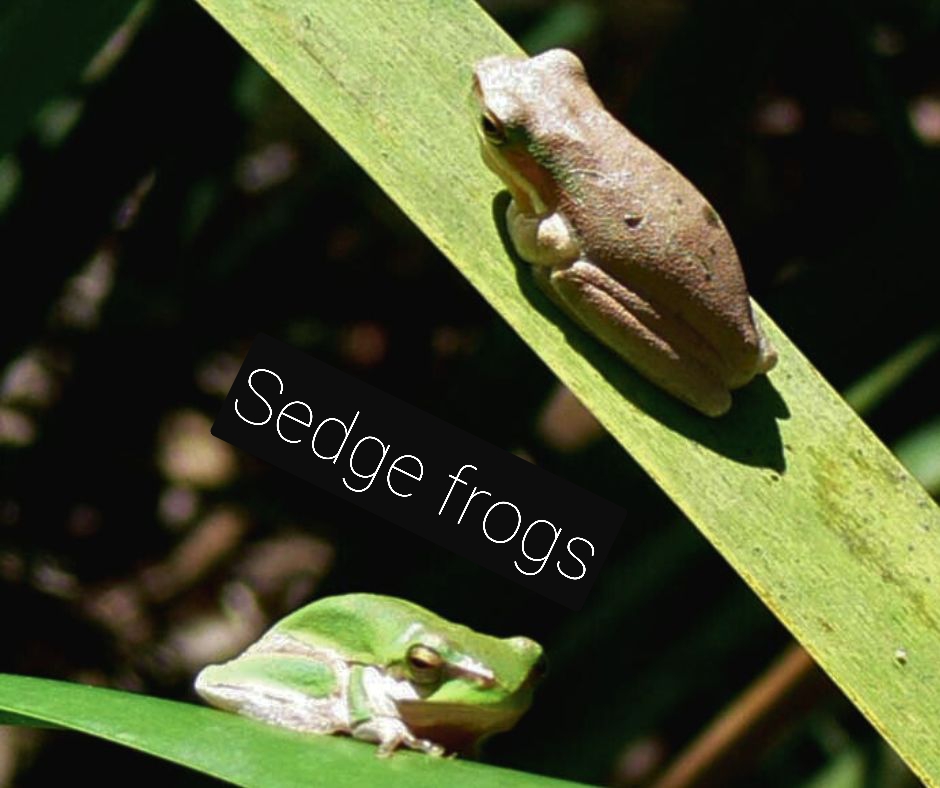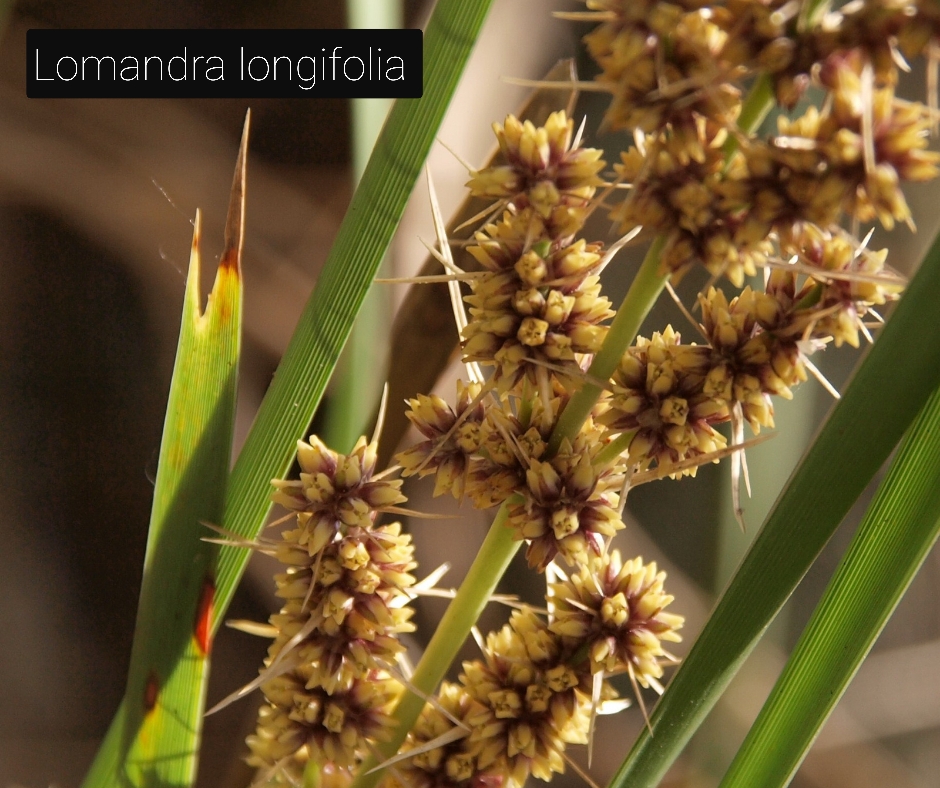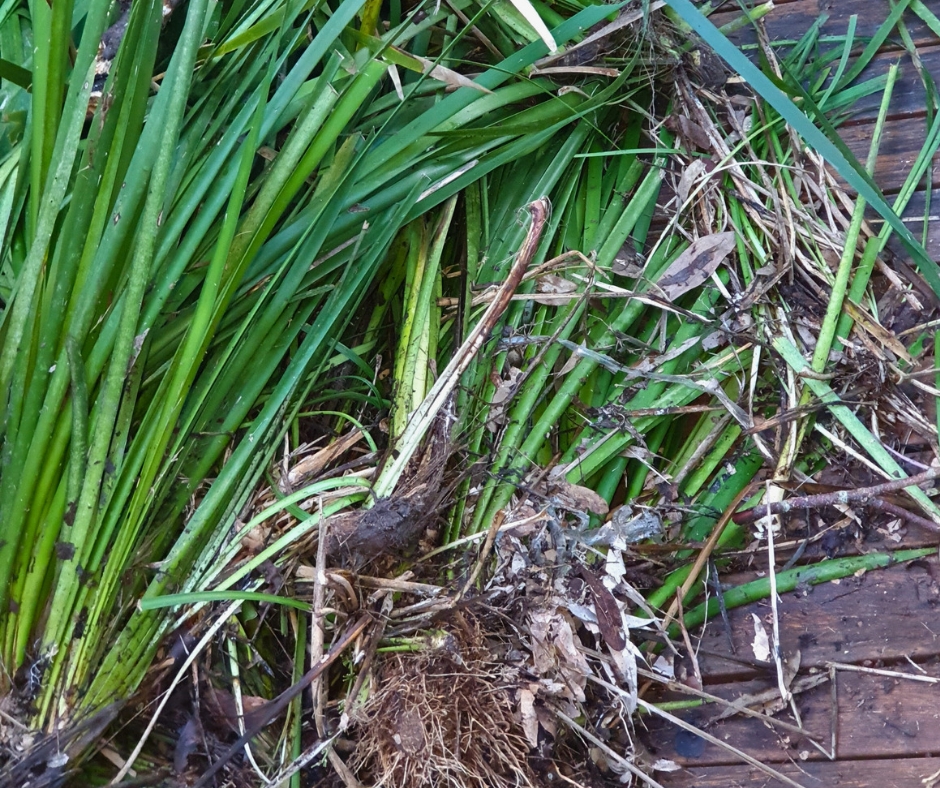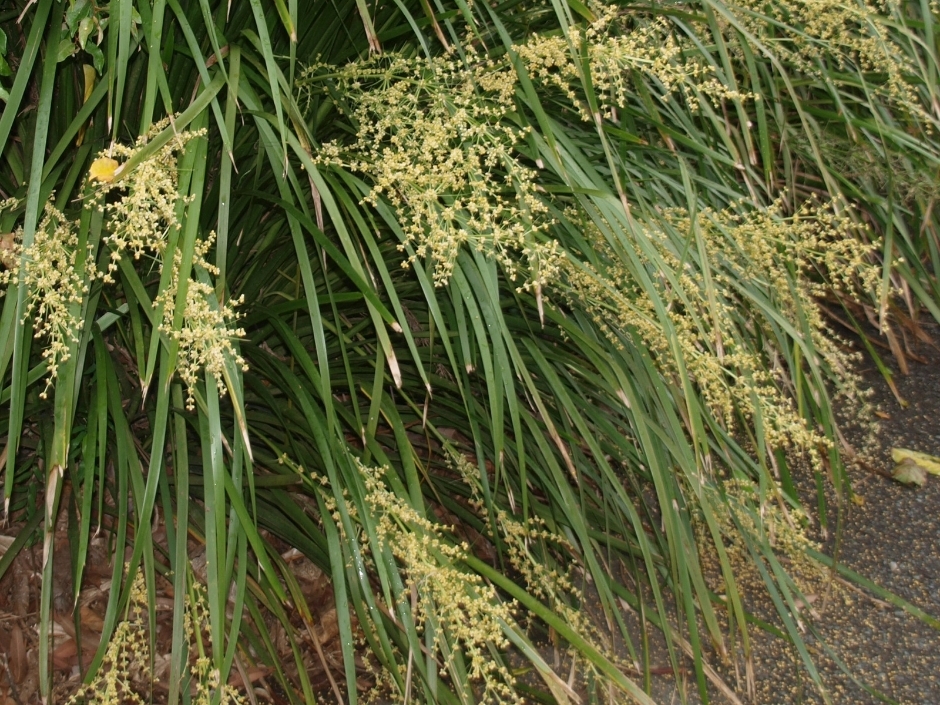The Lomandras we planted 30 years ago have reached their ‘use by’ date. Lomandra hystrix and L. longifolia are being removed with the usual cursing and swearing that accompanies jobs that should have been tackled several years ago. The recent rain promoted more growth and really pushed them over the edge into an already over-filled garden. And no doubt we will continue to find shoots from underground roots we missed – the matted root mass that makes them so valuable for creek bank stabilization.
When choosing plants for urban gardens it is easy to be put off by tales such as this. However the Lomandras we planted have certainly done a good job, providing habitat, and attracting birds, bees and butterflies. They could be relied upon in difficult spots and were quick fillers when other choices refused to thrive. These useful plants are part of local ecosystems, with at least five species found in South East Queensland.
Planting local native species in our gardens doesn’t mean we can forget about their maintenance. Small gardens often mean more attention is needed to trim and keep them under control and this can mean removing or dividing plants that no longer do their intended job.
Traditionally, the white starchy bases of the Lomandras were chewed by Aboriginal people, supplying an energy boost on long walks. The seed was pounded and made into flour or eaten whole and mixed with native honey. The strappy leaves were used to weave baskets for carrying food as well as making eel traps and nets.
Today they are a staple for creek bank and general restoration, and are widely used for landscaping in public and private gardens. But in small gardens they may eventually outlive their usefulness.
Stephanie Haslam



